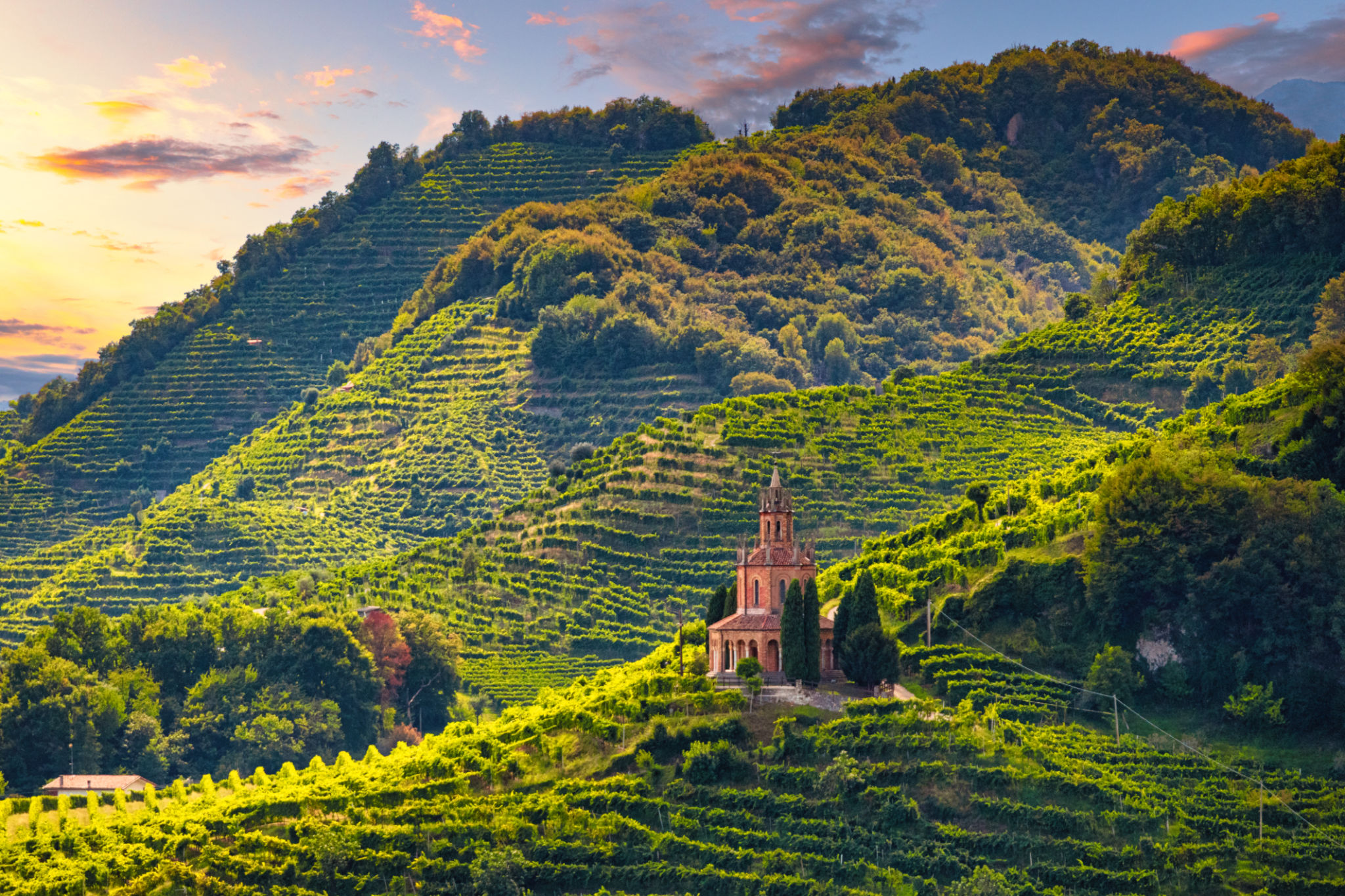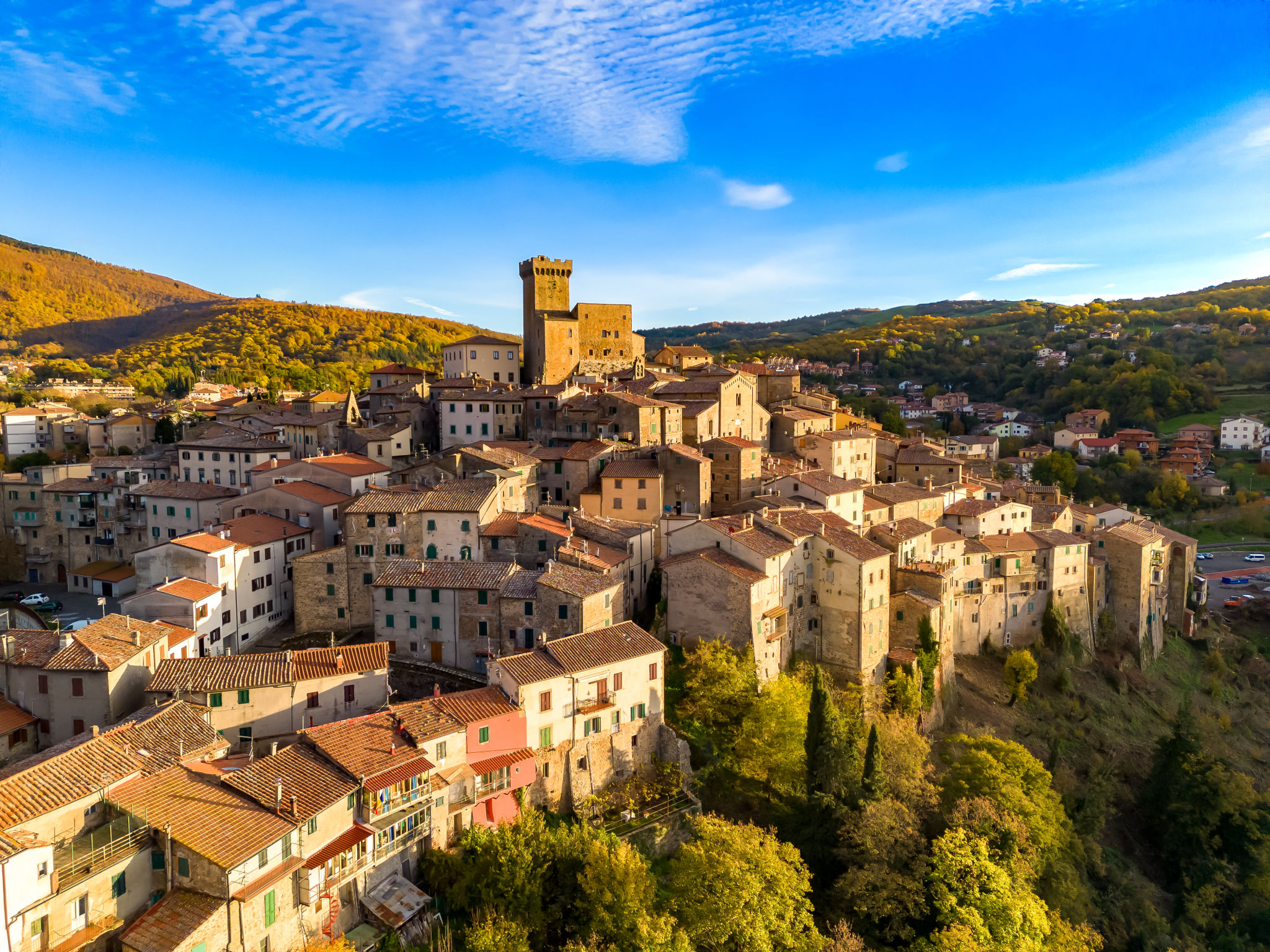Myths and Facts About the Prosecco Hills: What Every Tourist Should Know
Exploring the Enchanting Prosecco Hills
Nestled in the heart of Italy, the Prosecco Hills offer a picturesque landscape that captivates visitors from around the world. However, despite its growing popularity, several myths about this charming region continue to persist. Understanding the truths behind these myths is essential for tourists looking to fully appreciate their visit to this UNESCO World Heritage Site.

Myth: Prosecco Hills Are Only About Wine
While the Prosecco Hills are renowned for their sparkling wine, there's much more to discover in this region than just vineyards. The area is dotted with historic villages, medieval castles, and lush landscapes that provide a rich cultural tapestry. Tourists can enjoy hiking, cycling, and exploring local arts and crafts, making it a versatile destination for all types of travelers.
Visitors can take scenic drives through rolling hills and immerse themselves in the authentic Italian countryside experience. The hospitality of the locals adds to the charm, offering insights into traditional lifestyles that have remained unchanged for generations.
Fact: Prosecco Hills Offer Diverse Wine Experiences
While Prosecco wine is a highlight, the region offers a diverse range of wine experiences. Visitors can explore different types of Prosecco, from the classic Brut to the sweeter Demi-Sec. Wine tastings often include food pairings with local cheeses and cured meats, providing a full sensory experience.

Many vineyards offer guided tours, allowing tourists to learn about the winemaking process from vine to bottle. These tours often conclude with tasting sessions where one can savor the various flavors that characterize Prosecco.
Myth: It's Always Crowded with Tourists
Contrary to popular belief, the Prosecco Hills remain relatively uncrowded compared to other Italian tourist hotspots like Tuscany or Venice. This makes it an ideal destination for those seeking a more relaxed and intimate experience. Visitors can enjoy leisurely strolls through quaint villages without feeling overwhelmed by crowds.
Traveling during the shoulder seasons of spring and autumn can further enhance this experience, offering mild weather and vibrant landscapes without the peak season influx of visitors.

Fact: Gastronomic Delights Await
The culinary scene in the Prosecco Hills is as delightful as its wines. The region boasts a variety of traditional Italian dishes, featuring fresh and locally sourced ingredients. From handmade pasta to delectable desserts like tiramisu, the local cuisine is sure to satisfy any food lover's palate.
Many restaurants offer farm-to-table dining experiences, where tourists can taste dishes prepared with produce straight from local farms. Cooking classes are also available for those interested in learning how to recreate these culinary masterpieces at home.
Myth: Prosecco Is Just Another Sparkling Wine
Some may think that Prosecco is simply another sparkling wine option, but this myth couldn't be further from the truth. Made primarily from Glera grapes, Prosecco has a unique flavor profile that distinguishes it from other sparkling wines like Champagne or Cava.
The production process of Prosecco also differs, with its secondary fermentation occurring in large tanks rather than individual bottles. This method, known as the Charmat method, results in a refreshing and lively wine that's perfect for any occasion.

Conclusion: Discovering the True Essence of Prosecco Hills
The Prosecco Hills offer a rich blend of culture, history, and gastronomy that goes far beyond its famous sparkling wine. By debunking common myths and embracing the facts, tourists can gain a deeper appreciation for this enchanting region. Whether you're a wine enthusiast or simply seeking a serene escape, the Prosecco Hills promise an unforgettable Italian adventure.